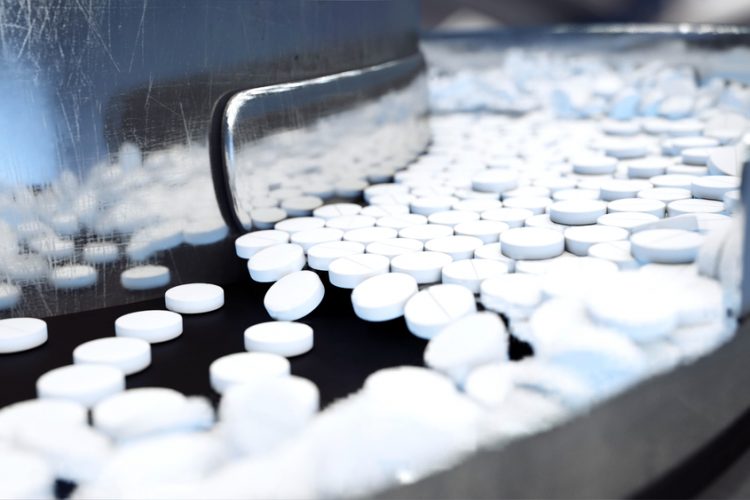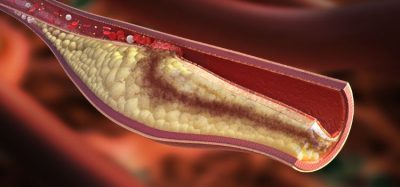Ensuring content uniformity for HPAPI products
Posted: 9 June 2022 | Hannah Balfour (European Pharmaceutical Review) | No comments yet
Here, EPR discusses critical considerations to ensure content uniformity in HPAPI drugs produced using dry techniques.


The number of drugs leveraging highly potent active pharmaceutical ingredients (HPAPIs) both commercialised and under development is continually rising, as the high biological activity of HPAPIs offer efficacy while using a fraction of the drug substance to provide greater potency than a traditional pharmaceutical product. This can result in a significantly lower cost of goods.
However, HPAPIs, and particularly those of a biological nature (ie, proteins and peptides), present certain challenges in manufacturing. These include safeguarding staff working within the manufacturing environment and that, with such small quantities of active ingredient, it can be difficult to ensure that products meet the required standards of content uniformity.
In a recent whitepaper, drug quality and manufacturing experts discussed the key considerations to ensure that HPAPI is uniformly distributed in drug products, here EPR’s Hannah Balfour summarises the salient points.
Where a traditional pharmaceutical tablet may contain as much as 80 percent active ingredient by weight, HPAPIs may account for fractions of percent of the overall tablet. With the potency of HPAPIs, even a small variation of drug substance can significantly affect activity, thus it is critical that each dose contains the precise amount of drug substance.
While wet granulation is commonly used for small molecule HPAPI formulations, for moisture labile HPAPIs such as peptides and proteins, dry production techniques may prevent denaturation of the substances due to temperature and provide better long-term stability.
Achieving uniform distribution in tablets with small volumes of HPAPI via dry production can be challenging, but a few key considerations make it achievable, according to the whitepaper.
- Since many peptide and small protein HPAPIs have poorly controlled particle size and shape, and reproducible flow properties are required for content uniformity, production will likely be more complex than a simple dry-blend process
- Selection of filler, binder, disintegrant and lubricant is critical. Filler is particularly key, as it ideally needs to be a good flowing particle with a porous surface that provides strong adsorption sites for fine particles of drug substance, while not reacting with the HPAPI
- Particle size is critical to content uniformity, so pre-blending the HPAPI with the selected filler and milling it prior to blending with all other ingredients promotes association of the HPAPI with the porous filler and thus more uniform distribution in the final product
- Confirm uniformity using both during the process and at end of production. Taking samples of tablets from the press at the beginning, at periodic intervals during the compression run and at the end of the process throughout development can enhance process understanding, supporting scale-up and process/formulation change activities in future.









